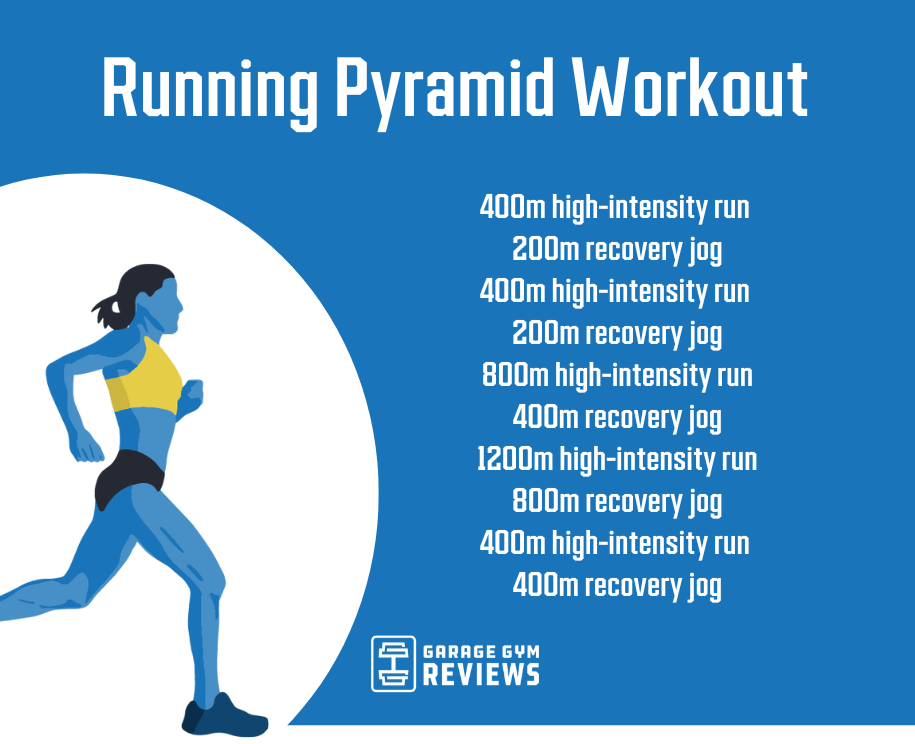Managing Usual Running Pains: Causes, Solutions, and Avoidance
As joggers, we often encounter numerous pains that can impede our efficiency and enjoyment of this exercise. From the incapacitating discomfort of shin splints to the bothersome IT band syndrome, these usual running pains can be frustrating and demotivating. Recognizing the reasons behind these disorders is important in efficiently addressing them. By checking out the root reasons for these running pains, we can reveal targeted remedies and safety nets to guarantee a smoother and extra fulfilling running experience (read this article).
Typical Running Pain: Shin Splints
Shin splints, an usual running discomfort, often result from overuse or incorrect shoes throughout physical task. This condition, clinically known as medial tibial stress syndrome, materializes as pain along the inner side of the shinbone (shin) and is prevalent amongst professional athletes and runners. The recurring stress on the shinbone and the cells affixing the muscular tissues to the bone results in inflammation and discomfort. Runners that quickly increase the strength or duration of their workouts, or those who have flat feet or inappropriate running methods, are especially prone to shin splints.
To stop shin splints, people should gradually increase the strength of their exercises, use appropriate shoes with proper arch support, and maintain flexibility and toughness in the muscular tissues surrounding the shin. If shin splints do occur, initial treatment includes remainder, ice, compression, and elevation (RICE) In addition, incorporating low-impact tasks like swimming or cycling can aid preserve cardio fitness while permitting the shins to recover. Relentless or severe cases might require clinical evaluation and physical treatment for efficient monitoring.
Common Running Discomfort: IT Band Disorder
In enhancement to shin splints, an additional common running pain that athletes commonly run into is IT Band Disorder, a condition created by inflammation of the iliotibial band that runs along the external upper leg and knee. IT Band Syndrome usually materializes as pain on the outside of the knee, specifically throughout activities like running or cycling. The iliotibial band is a thick band of fascia that attaches the aware of the shin, and when it ends up being inflamed or limited, it can scrub against the thigh bone, bring about pain and pain.
Runners experiencing IT Band Disorder may observe a painful or aching feeling on the external knee, which can intensify with ongoing task. Elements such as overuse, muscle mass inequalities, incorrect running type, or poor warm-up can contribute to the growth of this problem.
Common Running Pain: Plantar Fasciitis
:max_bytes(150000):strip_icc()/running-longer-or-faster-31e97070bda14ffc8afdea52094504c7.jpg)
Plantar Fasciitis can be credited to numerous variables such as overtraining, improper shoes, running on hard surfaces, or having high arches or flat feet. To stop and minimize Plantar Fasciitis, runners can integrate stretching exercises for the calves and plantar fascia, use helpful footwear, maintain a healthy weight to reduce strain on the feet, and gradually increase running strength to stay clear of abrupt stress and anxiety on the plantar fascia. If signs and symptoms linger, it is advised to get in touch with a medical care expert for appropriate medical diagnosis and therapy alternatives to deal with the condition efficiently.
Usual Running Discomfort: Jogger's Knee
After resolving the challenges of Plantar Fasciitis, one more widespread issue that runners often deal with is Jogger's Knee, a common running discomfort that can hinder sports efficiency and create discomfort during physical task. Jogger's Knee, additionally known as patellofemoral pain disorder, shows up as discomfort around or behind the kneecap. Joggers experiencing this pain may feel a boring, hurting discomfort while running, going up or down staircases, or after prolonged periods of sitting.
Typical Running Discomfort: Achilles Tendonitis
Generally affecting joggers, Achilles Tendonitis is an unpleasant condition that impacts the Achilles ligament, creating pain and possible constraints in physical activity. The Achilles tendon is a thick band of tissue that connects the calf muscles to the heel bone, essential for activities like running, jumping, and walking - imp source. Achilles Tendonitis often establishes because of overuse, inappropriate shoes, inadequate stretching, or sudden boosts in physical task
Signs And Symptoms of Achilles Tendonitis consist of discomfort and stiffness along the tendon, especially in the morning or after periods of inactivity, swelling that aggravates with task, and perhaps bone stimulates in persistent instances. To avoid Achilles Tendonitis, it is necessary to stretch correctly previously and after running, use suitable footwear with appropriate support, gradually enhance the strength of exercise, and cross-train to reduce repetitive tension on the tendon. Therapy may include rest, ice, compression, elevation (RICE procedure), physical therapy, orthotics, and in severe cases, surgical procedure. Early treatment and correct treatment are vital for handling Achilles Tendonitis successfully and stopping long-lasting problems.
Conclusion
